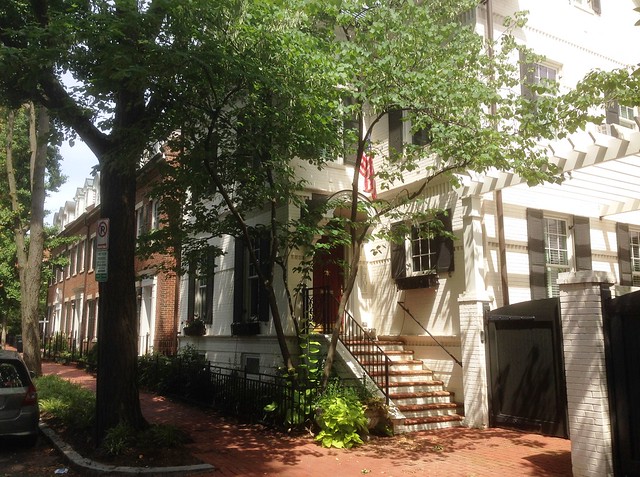As a traveler, my competitive advantage is laziness. I truly do not mind sitting still in one spot for hours on end with nothing to do but read or listen to music. In fact those are three of my favorite things—music, reading, sitting. And I cherish when circumstances give me an excuse to spend my time that way, rather than worrying that I could be being more active, or productive. Because I am doing something productive—I’m going somewhere.
This sort of me-time can be achieved on many forms of transportation—planes, trains, and automobiles (ones I’m not driving anyway) but the one I most enjoy is the bus. Earlier this week, at The Billfold, Ester Bloom wrote that she enjoys the bus (Megabus, to be exact) the least of all methods of transportation, ranking it below “being dragged by the hair.” That’s okay. Life, and travel preferences, are a beautiful potpourri of differences.
But I like the bus. I like the city bus—especially as opposed to the subway, how it takes you through the streets instead of below them—and I like the long-distance bus. The Megabus and its ilk. The bus to me is a meditative space, a safe place, a bubble out of time and away from life that moves me gently from one place to another.
Maybe it’s because I used to live much closer to my childhood home, so the bus was the most logical and economical option. Most of my trips during college and a couple years after were shuttling between my old home and my new on that blue and yellow bus, stopping at the Love’s rest stop in Marshall, Michigan, with its odd assortment of snacks, clothing, and holographic religious posters for sale. I have to fly to visit my family now. The bus is better.
It’s cheaper. You can bring liquids. There’s no security. You just get on, and get off. The cost is more one of time (though depending where you’re going, if you factor in the time you spend getting to the airport and going through security, you may end up breaking even). And it’s time, I think, worth spending.
Read the rest of the story here.
